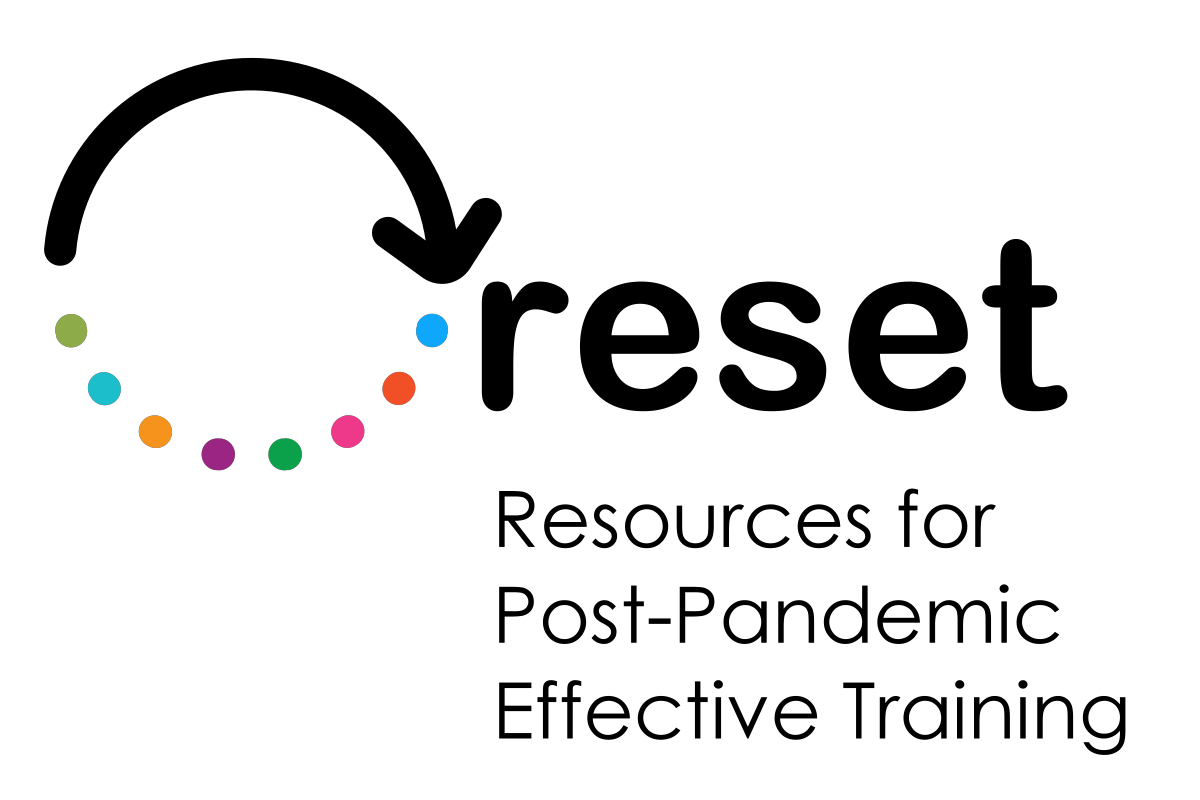 Introduction notes to IT investments for education and training organizations Introduction notes to IT investments for education and training organizations The disclaimerClick to read 
Harmonizing IT and education
The digitalization of the education and training ecosystem implies, firstly and foremost a renewed “cultural” approach to the horizon of opportunities made available by the exploitation of IT means for education and training.
Setting up an investment portfolio
The embracement of this new culture does not come for free…managers are called to face the challenge of scalability of IT investments for education and training:
- Scale economies
- Experience economies
A two-dimension focusClick to read 
Why even bothering with digitalization?
Leaner, clearer and quicker demand matching. Down to its core essentials, digitalization is about being more strategic and efficient in providing services and establishing a direct connection with the cohort of reference addressed by the organisation – and its most relevant STKHs and groups of interest.
An organisation and learner-oriented IT portfolio
This helps organisation in being much more practical in understanding what they actually might need to transit into new IT-paradigms of education and training and that are coherent to organizations’ potentials and the audience potentially addressed by their offer.
 The DO NOTs of IT investments The DO NOTs of IT investments Intercepting bad habitsClick to read 
A poor, superficial planning is destined to lead to fail
Most organizations that are embarking this new pathway to digitalization fail to realize how “bumpy” the roadmap will be. Availability of capitals and economic resources is just the beginning: concrete changes happens when managers know how to deploy the aforementioned
Concrete benefits will emerge and consolidate in the long-run
There is no point in strategizing the organization's commitment to new IT-based models of doing things if first people are not willing to accept the fact that positive outcomes will be experienced starting from when:
- IT is finally integrated at structural level
- Professionals and teachers are equipped to valorize IT solutions accordingly
Three common mistakes to recognize and avoidClick to read 
- A make-it-rain approach
Money is invested on too many things at the same time, with the fallacy expectations that good things will happen regardless – being the money seen as the goal, and not the resource…
- Prioritizing investment where is not really needed
It is most likely that a big chunk of the resources made available will be allocated to physical and software infrastructure, ignoring and/or underestimating the efforts that need to be deployed to train human capital
- Lack of a comprehensive view
The competitive landscape of digitalization comes in-handy when the underlying strategy prioritize the areas where it is most needed – not just the loudest people…
Signals of the downfallClick to read 
Picking up the red flags
Experience has shown that there are some clear indicators that should immediately perceived as distress message. Once these start manifesting, it is important that managers step-in, gather information of what is going on and react accordingly.
The more they are ignored, the more organizations drift apart from the initial plan.
Typical scenario are:
- Entropy across the chain of command
- Over-complexity of relatively easy and streamlined processes
- Poorly governed and lack of responsibilities (i.e., temptation to rely on a laissez faire principle)
Why the need for a roadmapClick to read 
Setting the coordinates
Assumed that the organisation is willing to commit in the long run and appreciated the time that it takes to valorize the new IT skeleton of the muscles of education and training initiatives, without a concrete networks of parameters setting milestones of reference, it is most likely that the organisation will soon loose focus and interest in what they are doing – and why they are doing so…
With inadequate preparation and in isolation to important STKHs, any investment of time and efforts will be most likely perceived as a burden rather that a concrete opportunity (i.e. lost at sea effect) – not to mention the risk to put money on the plate without any real benefit.
 The DO of IT investments The DO of IT investments Starting from scratchClick to read 
IT and digital awareness
- The experience of the EU and international training and education system throughout the pandemic demonstrated that the LLL network is severely unprepared to provide for “organizational” continuity beyond traditional and status-quo paradigms and models.
- This fact imposes managers to acknowledge the harsh reality: the organisation they work for, most than likely, has not in place a robust, reliable and consolidated understanding of what they might do with digital technologies:
- Neither in the sense of IT for education offer deployment,
- …nor IT for streamlining and scalability of good practices / organizational change.
The IT portfolio management cycleClick to read 
PlanningClick to read 
Answering to the basic question what do we need?
In the case of training and education institutions / organizations, the topic should be kept relatively simple and streamlined as most of the physical and software element they might needs are largely available on the internet for free
…and why do we need it?
Meaning: why are we committing our self – and our resources – in the first place?
The answer that managers will give to this question should pretty much relates to:
- Who will benefit from it? (i.e., learners, teachers and the organisation as a whole)
- What will be a cost-effective first approach to scale digitalization?
Planning – four viable alternative for budgeting Click to read 
The group of methodologies applied to budgeting
- ANALOGUE benchmarking from past (and similar) experiences, if available
- PARAMETRIC historical data are recalculated on the basis of the current circumstances and contextualised accordingly
- TOP-DOWN from the grand amount, distribute the budget on each specific cost-category (software vs hardware)
- BOTTOM-UP from the budget allocated to each cost category, generate the overall budget adding up the voices
| Analogic |
Parametric |
Top-down |
Bottom-up |
|
Very much reliable, but it implies the existence of data and reference that might not be fully available / easy to access.
Better to avoid in case of the no data of such kind can be easily collected, and / or can proved to be true and experience based.
|
Even more reliable than the analogic but highly complex to manage.
It is better to avoid the parametric model even in the case historic data are available, but there is no clarity on the process leading to their optimization and actualization.
|
Very much reliable and also safe. It implies the availability of a grand sum that is then distributed among different cost categories (i.e., staff, energy, etc.).
Managers are relatively free to allocate the IT budget as they better see fitting their needs – but they have strict constrains.
|
Very much reliable and able to assure wide margins of maneuver.
The tricky part is that managers might overestimate the overall budget they have available for the process, and find themselves in a later stage to re-discuss the proposal.
|
ManagingClick to read 
|
Resources
Resources can go anywhere from:
- Hardware
- Software
- Human capital
|
If hardware and software are relatively easy to get comparing and benchmarking the available offer on the market, the human factor stands out as the true discriminant variable in the managing cycle.
A big chunk of economic resources allocated to IT-budgeting should take into consideration what organisations need from an education and training standpoint to make hardware and software work.
|
|
Flow of information
The managing process will most definitely generate pieces of information that stem out from the undertaking of newly-implemented IT processes. This information is crucial to inform the reliability and effectiveness of what currently in place, and / or if economic resources deployed are just a “budget sponges” of concrete triggers of development.
|
ChangingClick to read 
The impact of change
A systemic awareness of how the organisation, and people, are reacting to the process will leave managers with a better view on how to:
- accelerate the process – and scale more efficiently
- minimize risks and conflicts
- strategize even more impactful milestones
- focus on which area of interest is lacking of adequate attention
- prevent disconnect between the organisation vision for the digitalization pathway and its grass-root perception
- allocate resources more strategically
- consolidate and capitalize on good practices
- pinpoint lessons-learnt and system flow on which to intervene
Re-adaptingClick to read 
Testing → Validating → Consolidating Click to read 
A feedback-loop system for quality
Organizations and managers will not have a “definitive” evaluation on the reliability of the process currently in action until they will not receive experience-based feedback from:
- Learners, concerning the impression they have and manifest towards their learning experience
- Teachers and professionals, concerning the impression they have and manifest towards their education experience
It is essential that the organisation puts in place a feedback system informing the outcomes from the newly adopted pathways and how the concrete users’ experience is impacted by it.
A mechanisms as such should be built-up taking into consideration the following two features:
- Tailored-made feedback system, configured with quantitative KPIs (i.e., rate your satisfaction from X to Z) and qualitative parameters of evaluation (i.e., difficulties in handling the education content and resources made available by the organisation), addressed to both learners and teachers
- Tailor-made good-practice-centered decision making model that supports the organisation in understanding with low efforts which changes / interventions are most suited to progress and develop
Master budgetClick to read 
Traditional budgeting
Production and service companies formulate their budget taking into consideration:
- Expected economic flows (profits)
- Expected financial flows (ROI, return on investments)
In its most intuitive visualization, the budgeting translates typically in a 3-steps flow:
|
Operative budget
|
|
Economic budget
|
|
Financial budget
|
|
Operative programming
Forecasts of workload and resources needed to implement it
|
|
Programme consolidation
Analysis of coherence and consistency to the organization long-term and strategic’ objectives
|
 |
Financial viability
Availability of adequate resources to cover on-going and future needs
|
The peculiarity of IT budgeting for education and training organisations Click to read 
Budgeting for IT development
Education and training organizations are called to embrace this very same logic of programme → consolidation → viability and apply it within their ecosystem:
- In which measure IT technologies can help us to widen the cohort of people addressed by our offer?
- What further opportunities for long-term development lies beyond?
- How do we identify the indicators of our returns on investment?
- Learners’ satisfaction
- Professionalization and capacity building of staff
- Scalability & economies of efficiency
 Summing up Summing up Summing upClick to read 
| Introduction notes |
The DO NOTs of IT investments |
The DO of IT investments |
 |
- Harmonizing IT and education
- Setting up an investment portfolio
- Why even bothering with digitalization?
- An organisation and learner-oriented IT portfolio
|
- IngIntercepting bad habits
- Three common mistakes
- Red flags and signals of downfall
|
- The IT portfolio management cycle
- A feedback-loop system for quality
- Budgeting
|
|
 Test Yourself
Test Yourself


